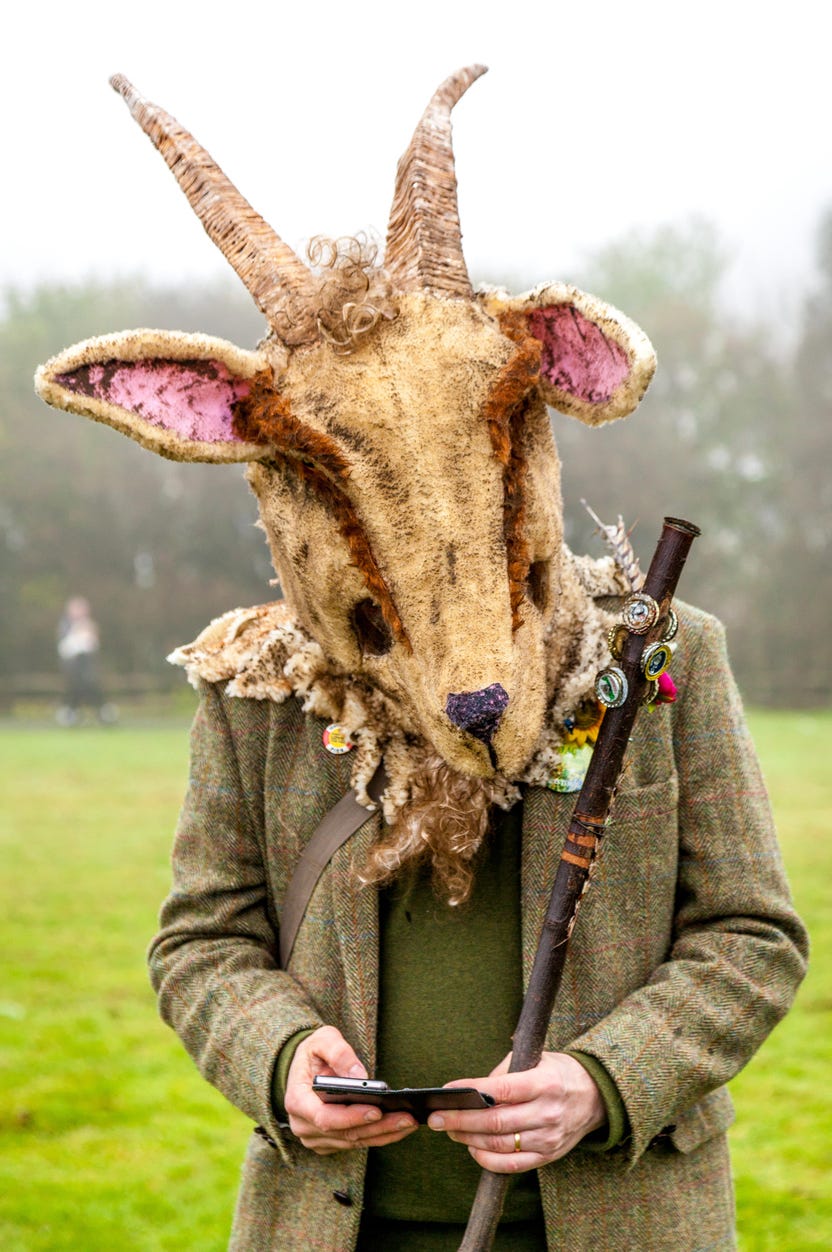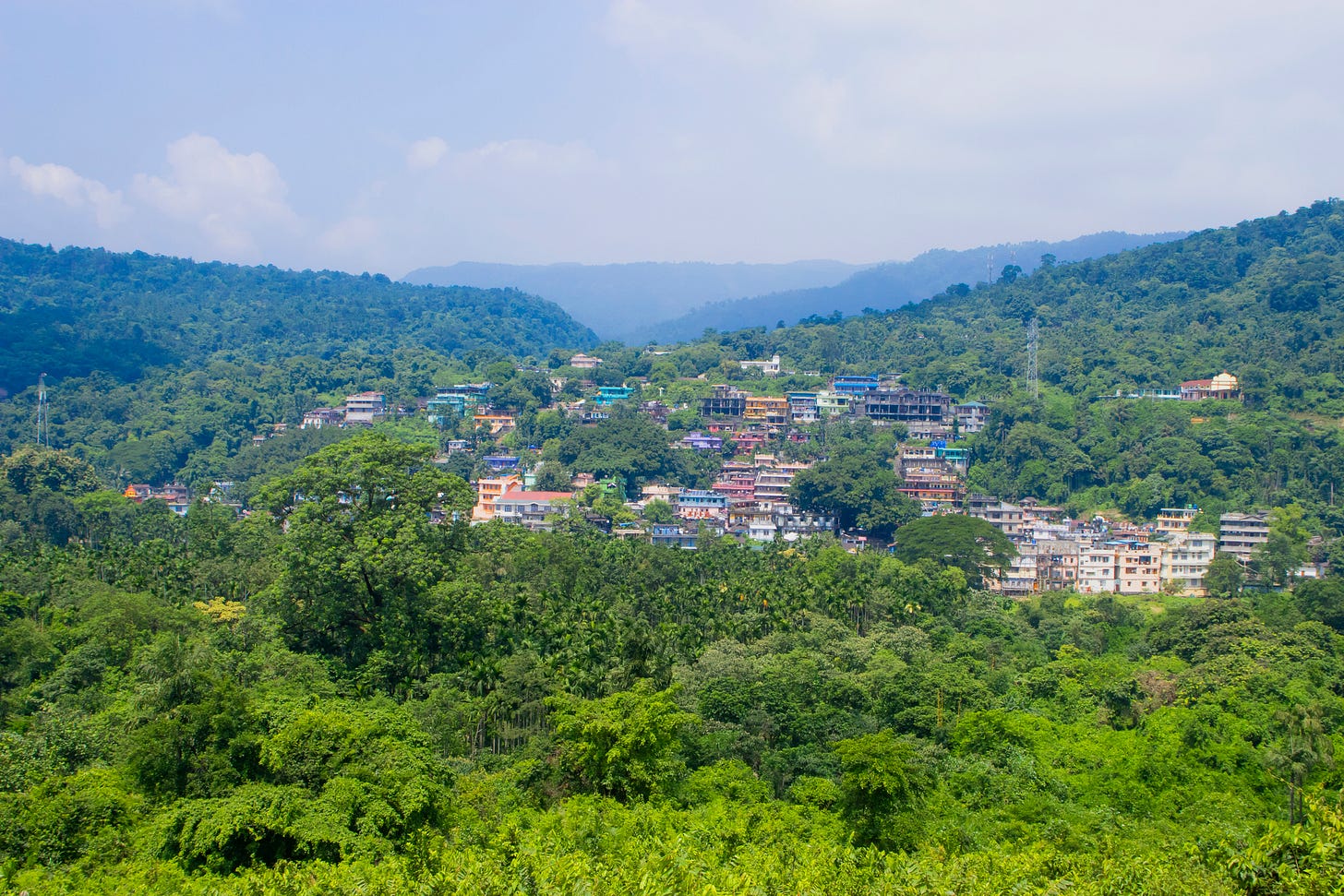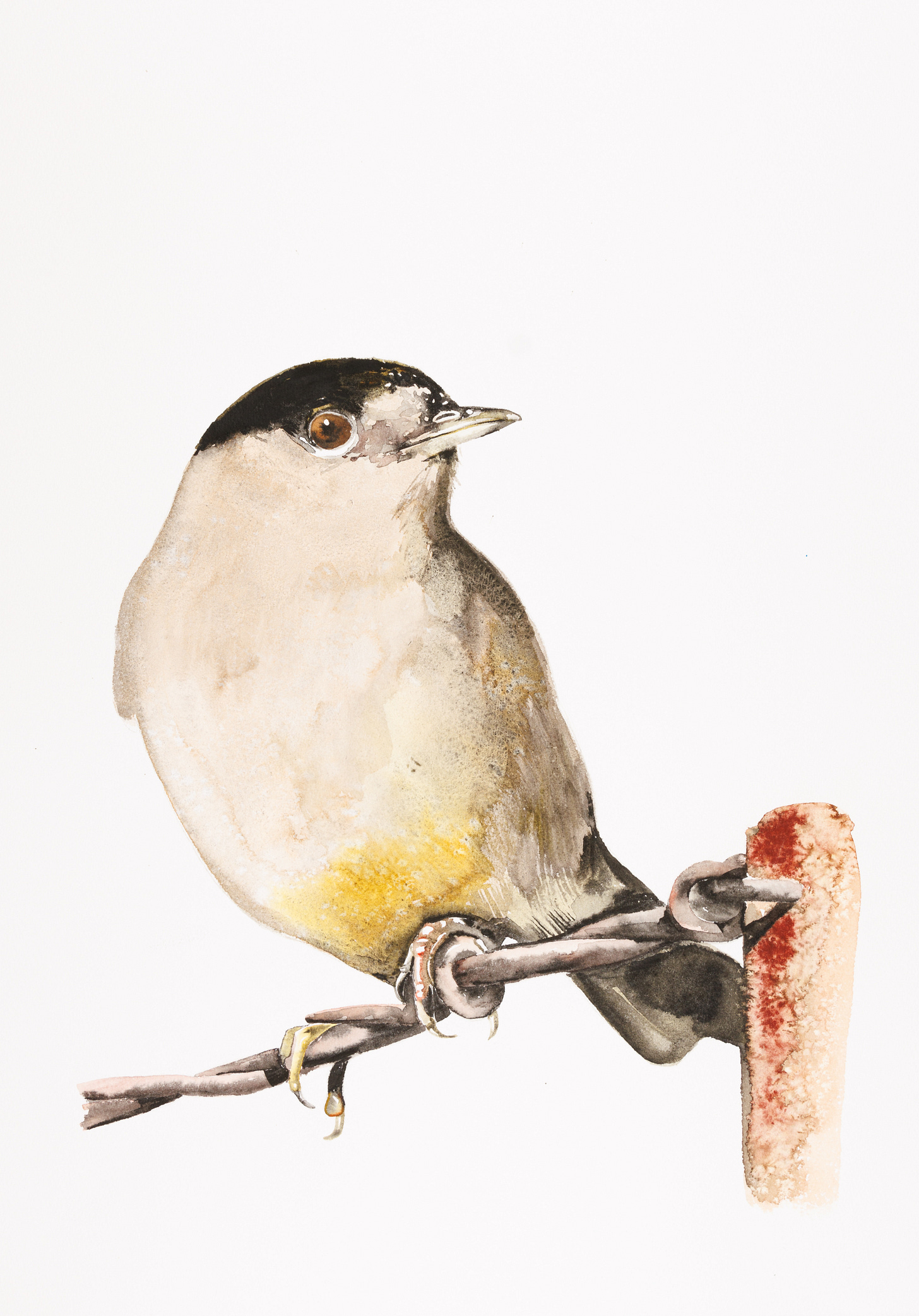Do we long for the past or do we fear it?
With Adam S. Leslie, Sadia Nowshin, and Jim Moir
Last week something immensely distressing happened. We were going to be having apple crumble and as part of a nostalgia kick, I went to the local shop to buy some Bird’s original custard powder.
I went through the motions of adding sugar and a little vanilla, then I slowly poured in the milk as I heated it over the stove. I was delighted to see it do that magical thing of turning from a white liquid into a glorious yellow paste. The transmogrifying wonder of cornflour never ceases to amaze. Everybody else I was having dinner with opted for ice cream. Instant custard, they told me, as I slopped it over my own crumble, ‘is disgusting.’
The tragedy of it is that they turned out to be right. I took two mouthfuls and couldn’t go much further. I ate the crumble and gave the custard to Jessie, my two year old spaniel. She lives on a diet of deer hooves, chicken carcasses, and a little bit of kibble. Even she didn’t seem mad about the Bird’s custard.
When I was a child, custard featured most weeks, usually alongside some sort of steamed pudding. My father made the same sort of puddings as his mother had once made and perhaps as her own mother had made long before that. And when I was three feet tall, I thought the custard was just excellent. I realise now, on reading Sadia Nowshin’s great piece on Ramadan, in today’s issue, that maybe it wasn’t really about the custard at all.
Patrick Galbraith
Editor
The strange Englishness of folk horror
Adam S. Leslie peels back the layers of one of our richest literary genres

There’s a certain irony in the fact that the most widely-recognised example of folk-horror, a genre as quintessentially English as Shakespeare and The Kinks, is The Wicker Man — a film about a dour, puritanical Scottish policeman investigating the disappearance of a child on a small Scottish island.
And yet, despite this, there’s a distinct Englishness to The Wicker Man. Not just because the writer, director and two principal actors are all English. There are few things as eerily English as children dancing around a maypole, or animal-costumed villagers frolicking in a May Day parade. In terms of texture, it shares more in common with Children of the Stones, Penda’s Fen or that 1971 Doctor Who stab at folk-horror, The Daemons.
Which is not to say that there’s no such thing as Scottish folk-horror, of course – there are many fine examples. But the two nations have very different heritages, which inform and flavour their stories in very different ways. Scotland’s horror is that of a dank and crepuscular landscape full of cannibals and mythic beasties; whereas England is the heartland of sinister whimsy. The maypole, Mr Punch, the ducking stool… and faerie folk who spirit children away in the dead of night. Tea and cake with the vicar – but is the cake laced with an ominous potion, or has the vicar arrived with a dark motive all his own? Is there a pentangle carved into the back of that crucifix?
Onions, ghee, and many aunts
Sadia Nowshin reflects on Ramadan
When I was a young, there was one thing I resented every Ramadan. It wasn’t the 12 hours of fasting, but the dish that formed the centrepiece of our evening meals for 30 days.
Kisuri, as it’s called in Bengali, is a rice dish where the grains are cooked with onions and ghee until they break down and take on a porridge-like consistency. It’s usually paired, or it was in my family anyway, with curried chickpeas and potatoes. It’ll be rolled out throughout Bangladeshi households in the coming weeks, as the month of Ramadan comes around again.
Once I was old enough to start fasting, as the sky darkened and sunset approached I’d eye up the more enticing fried foods that awaited, things full of coriander and glistening with oil, my little stomach hungry for ketchup and calories. We all broke our fasts with water and started with a bowl of kisuri to try and keep the inevitable heartburn caused by samosas and spice on empty stomachs at bay, and I’d wolf it down, purely because I was keen to get to the good stuff. But as I grew older, I grew to appreciate this simple dish. And it wasn’t until last year that I made it myself, feeling a little under the weather, not because it was Ramadan but just because of the nostalgic comfort it now brings me.
Blackcap: Sylvia atricapilla
Male Blackcaps sing even while they are incubating eggs. This is thought to strengthen the bond with the female.
Jim Moir’s More Birds was published by Unbound in 2024







